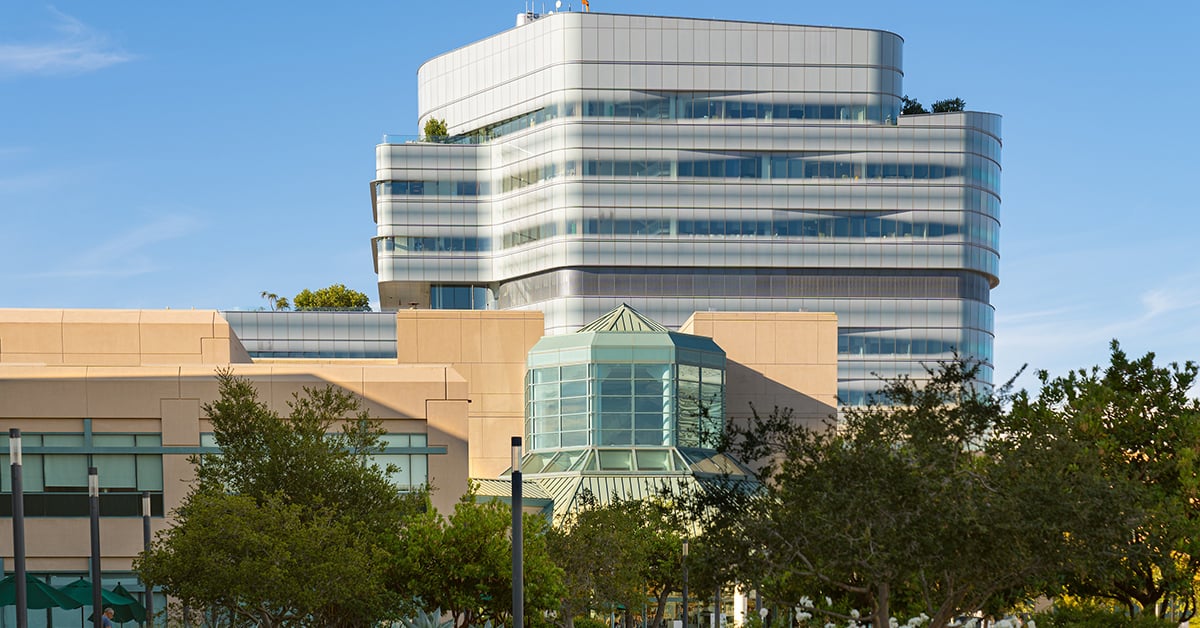July 16, 2025 | Kim Coutts
Outpatient Procedure Provides New Option for Prostate CancerUC San Diego Health is leading the region in offering a novel treatment for prostate cancer called transurethral ultrasound ablation or TULSA.

July 16, 2025 | Kim Coutts
Outpatient Procedure Provides New Option for Prostate CancerUC San Diego Health is leading the region in offering a novel treatment for prostate cancer called transurethral ultrasound ablation or TULSA.

June 9, 2025 | Jeanna Vazquez
Nationally Recognized for Sustainability in Health CareJacobs Medical Center and Hillcrest Medical Center at UC San Diego Health have been named Top 25 hospitals in the nation for exceptional sustainability efforts.

June 3, 2025 | Annie Pierce
Psychiatry Residency Program to Launch in Imperial CountyUC San Diego Health and Imperial County Behavioral Health Services launch region’s first psychiatry residency program in Imperial Valley.